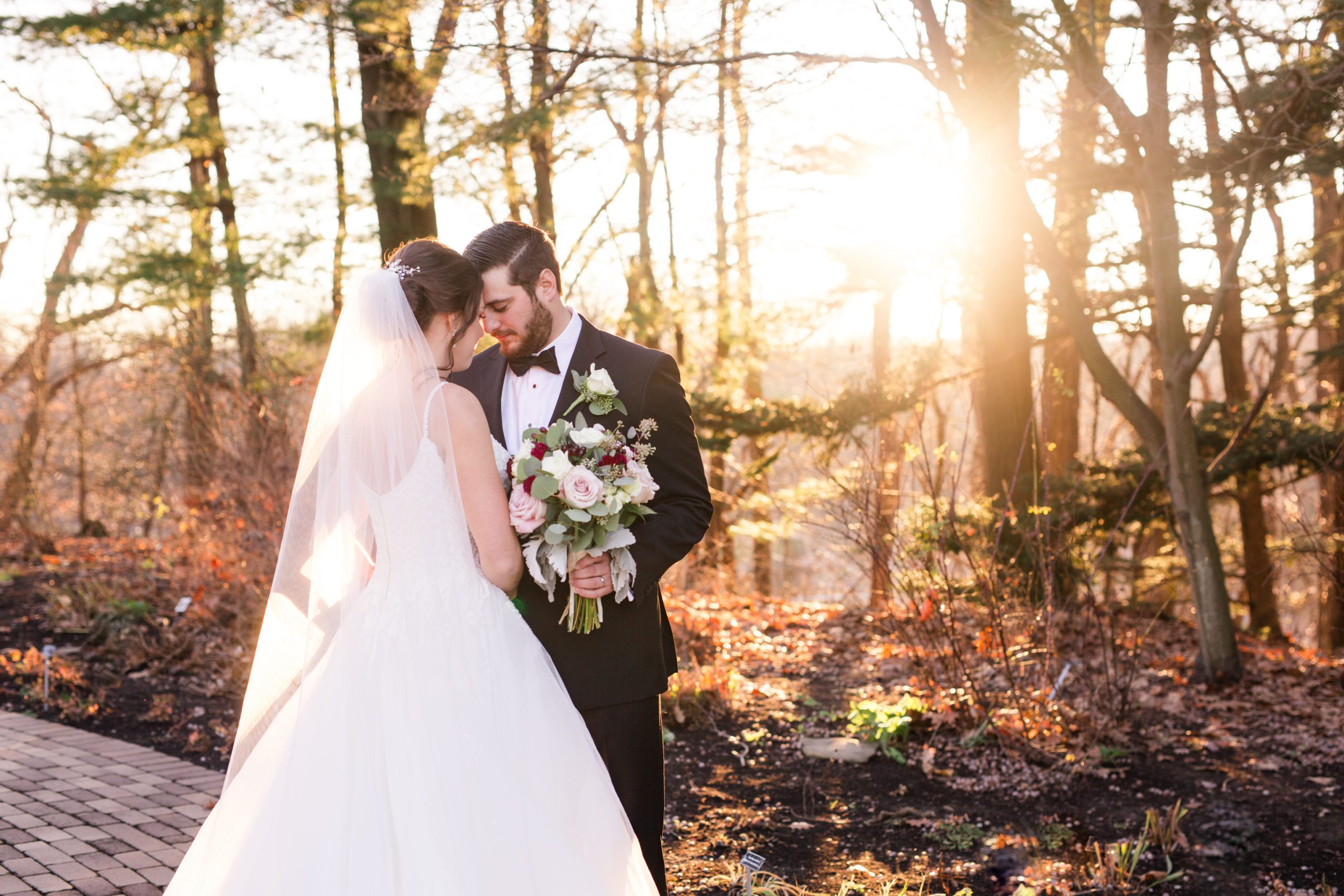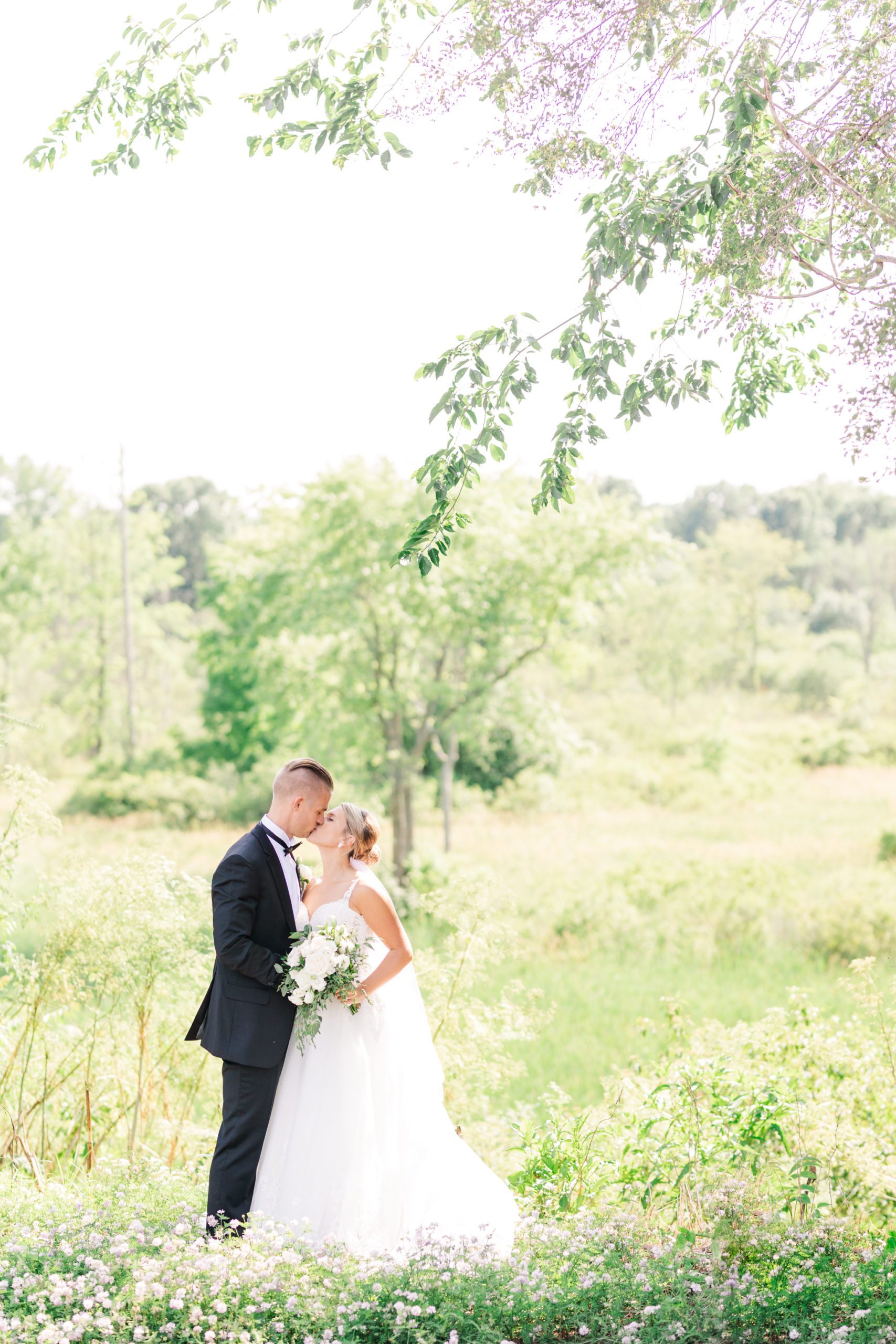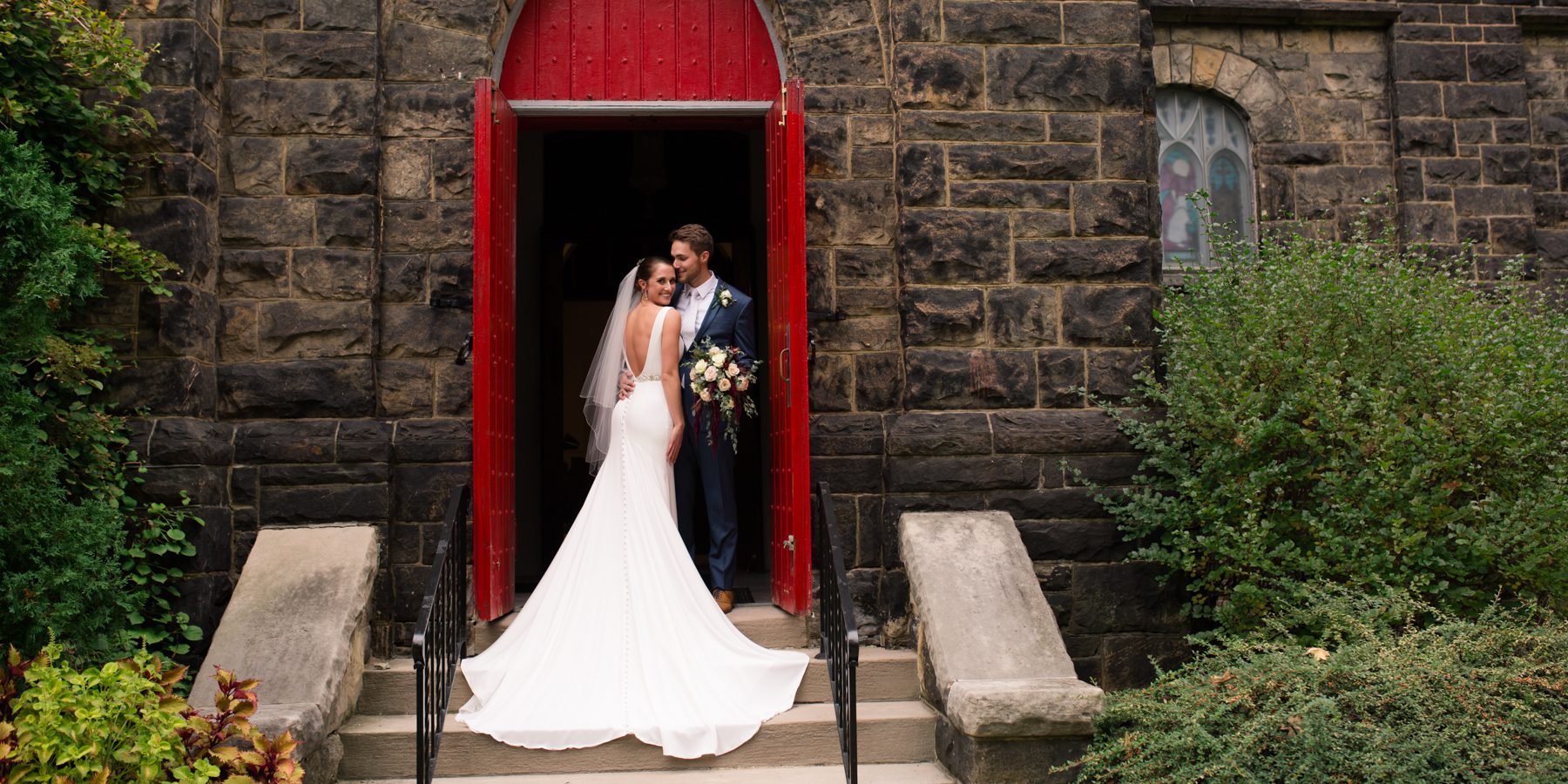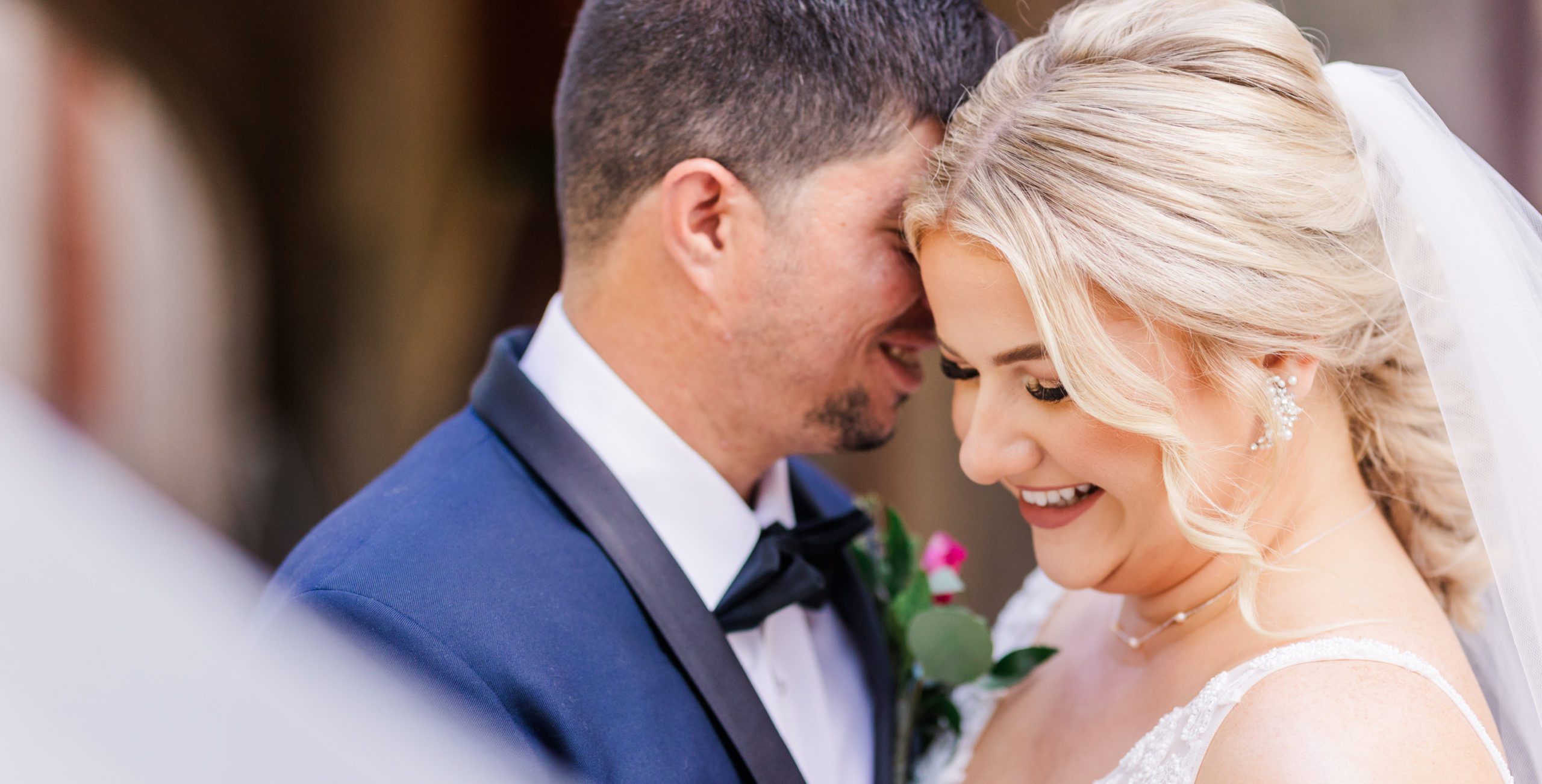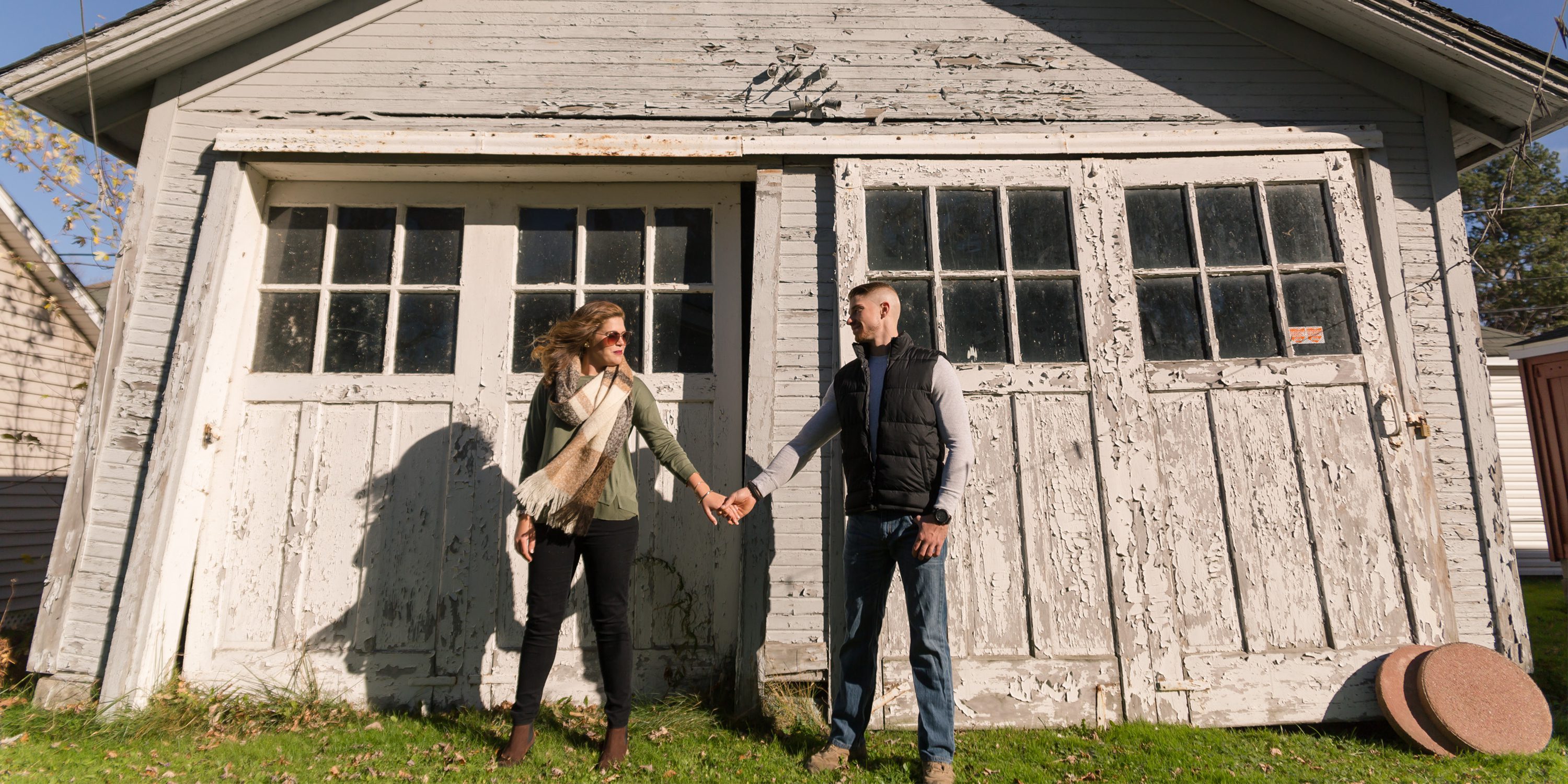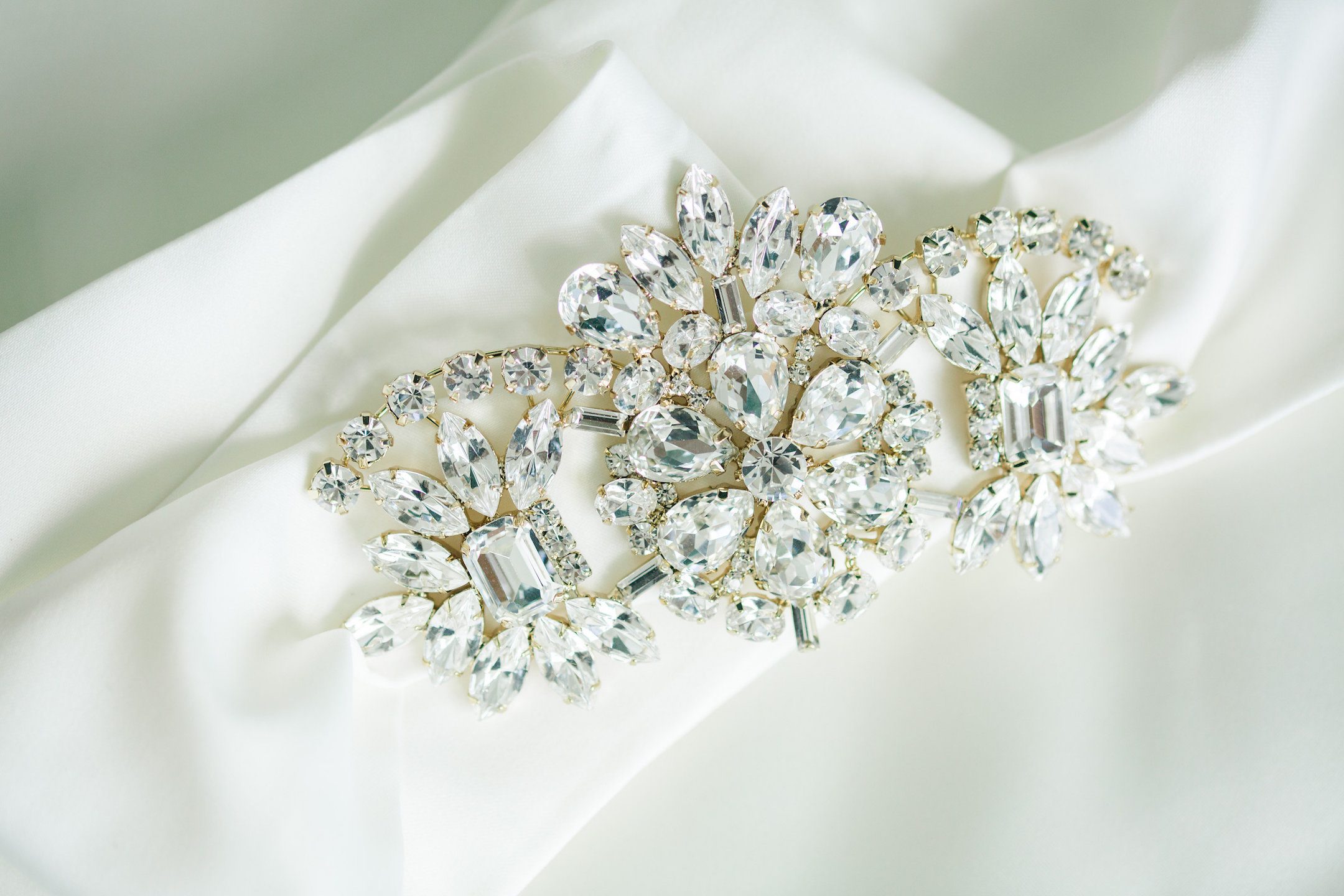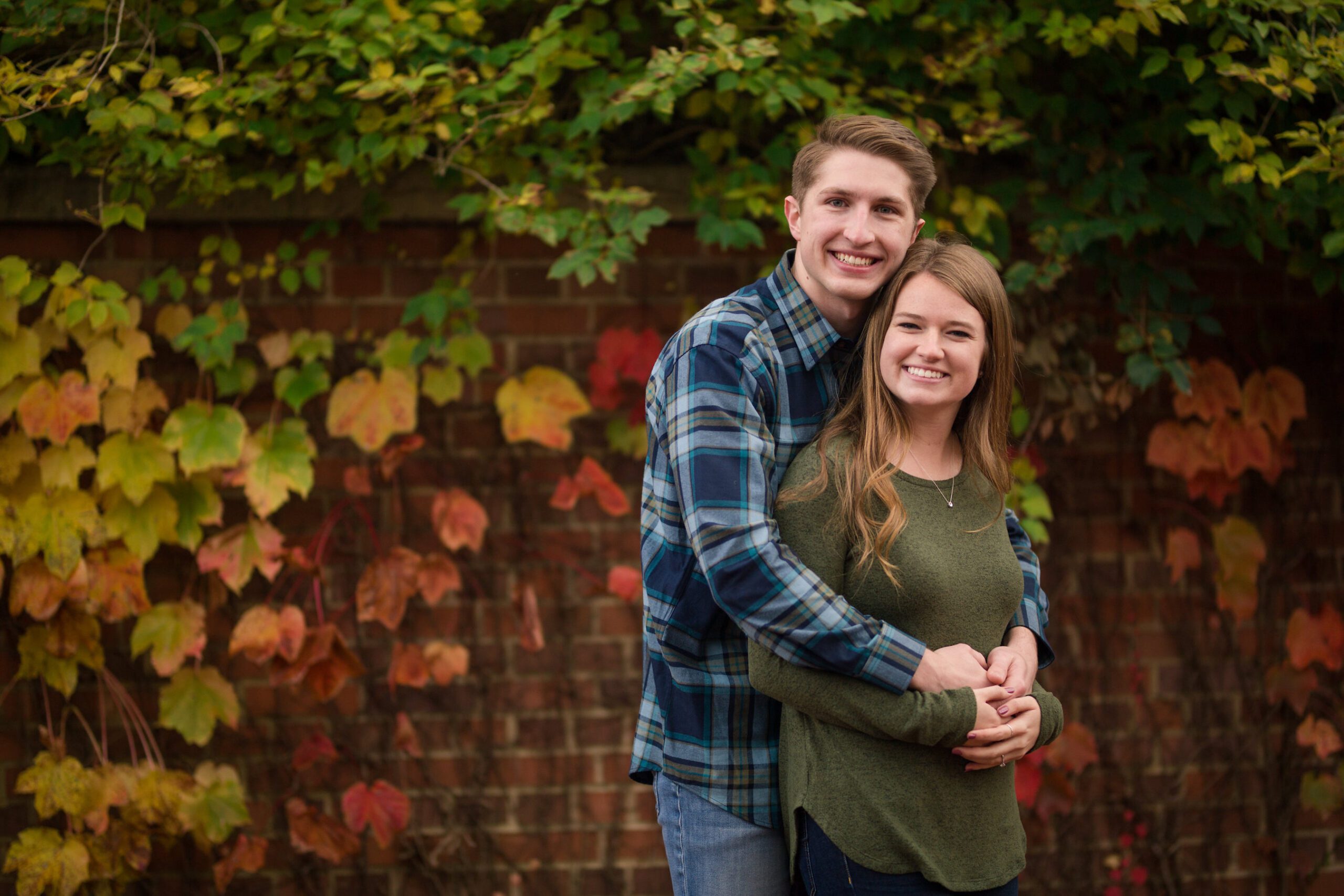Your wedding day is one of the most special and memorable moments of your life, and having beautiful photographs to cherish those memories is essential. When it comes to wedding photography, two critical factors can make or break the quality of your photos: your wedding day timeline and the lighting. In this blog post, we will discuss the importance of your wedding day timeline for a photographer and why lighting matters for your portraits.
The Wedding Day Timeline:
A well-planned wedding day timeline is crucial for both you and your photographer. It ensures that the day runs smoothly, reduces stress, and allows your photographer to capture the most important moments. Here’s why it’s so important:
1. Maximizing Time for Creativity:
A well-structured timeline allows your photographer to allocate time for creative and artistic shots. It’s essential to schedule moments for candid shots, getting-ready photos, and outdoor portraits. Without a proper timeline, your photographer may miss these opportunities.
2. Reducing Stress:
A well-organized schedule minimizes stress for everyone involved. It ensures that you have sufficient time for each part of the day, from getting ready to the reception. Reducing stress helps you look more relaxed and happy in your photos.
3. Capturing Key Moments:
Your wedding day timeline ensures that all the key moments are captured. This includes the first look, the exchange of vows, the first dance, and more. A well-thought-out timeline ensures your photographer doesn’t miss any of these significant moments.
Lighting and Its Impact on Portraits:
Lighting is a fundamental element in photography, and when it comes to your wedding portraits, it’s crucial. Here’s why lighting matters so much:
1. Natural Light vs. Artificial Light:
The type of lighting you choose can significantly impact the mood and quality of your portraits. Natural light, such as the soft, warm glow of sunset, is often preferred for outdoor shots. Artificial lighting, like flash or strobes, can create a more dramatic effect but should be used carefully.
2. Time of Day:
The time of day plays a crucial role in the quality of your wedding portraits. The “golden hour,” which occurs during the first hour after sunrise and the last hour before sunset, offers soft, flattering, and warm light. It’s often the best time for outdoor portraits.
3. Indoor Lighting:
If your wedding venue is indoors, the quality of lighting varies. Harsh overhead lighting can create unflattering shadows and highlights. Professional photographers know how to work with these conditions, but good lighting design in your venue can make a significant difference.
4. Light Direction:
The direction of light is equally important. Frontlighting (where the light source is behind the photographer) is ideal for even, flattering illumination. However, sidelighting and backlighting can create dramatic effects if used skillfully.
Your wedding day timeline and the quality of lighting are vital elements that can make or break your wedding portraits. A well-structured timeline ensures that your photographer has enough time to capture the essential moments creatively and reduces stress on your special day. Lighting, whether natural or artificial, plays a significant role in setting the mood and creating stunning portraits. Work closely with your photographer to plan your timeline and consider the lighting conditions to ensure that your wedding day memories are beautifully captured for years to come.
